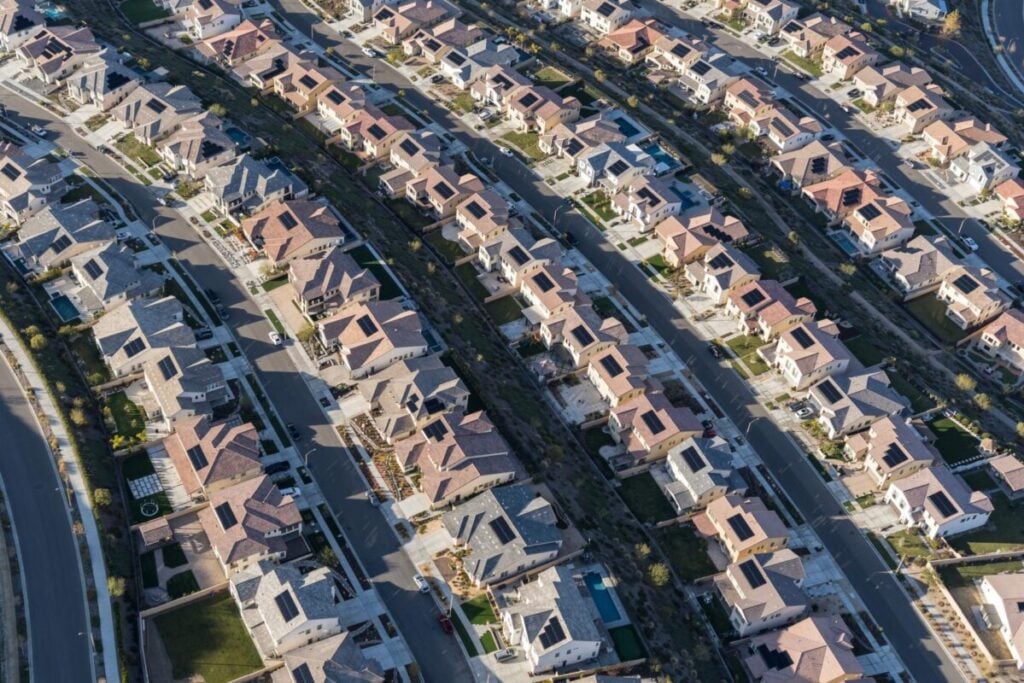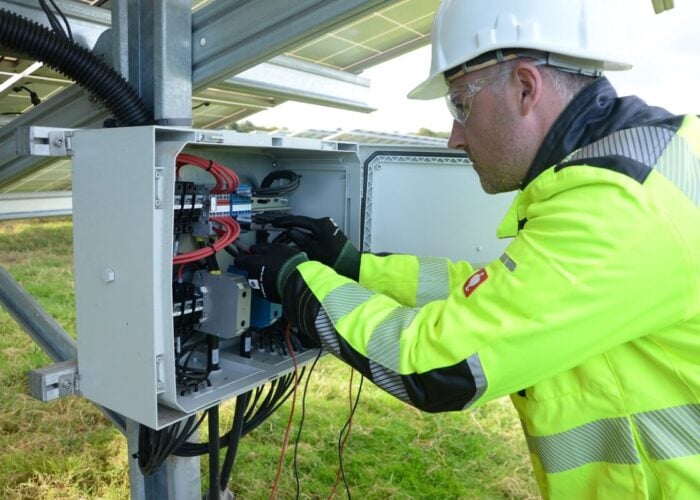
A group of California legislators has called on the state Public Utilities Commission to hold two utilities accountable for delays in connecting solar PV and energy storage capacity to the grid.
18 legislators penned an open letter to the California Public Utilities Commission (CPUC) this week, urging the regulator to hold Pacific Gas & Electric (PG&E) and Southern California Edison (SCE) to account for “repeatedly missing state-mandated timelines to interconnect solar and storage.”
Try Premium for just $1
- Full premium access for the first month at only $1
- Converts to an annual rate after 30 days unless cancelled
- Cancel anytime during the trial period
Premium Benefits
- Expert industry analysis and interviews
- Digital access to PV Tech Power journal
- Exclusive event discounts
Or get the full Premium subscription right away
Or continue reading this article for free
Californians installing solar or energy storage capacity need approval from their utility before they can interconnect with the grid. The CPUC has introduced mandatory timeframes for those approvals and a rule that utilities meet those timeframes 95% of the time, but the open letter claims that PG&E and SCE miss some of their deadlines “as much as 73% of the time”.
The legislators cited CPUC data, which shows that three steps of the review process have compliance rates of between 27 – 45% and three other deadlines are met 53 – 81% of the time.
“Timely interconnection is more important now than ever,” the letter reads. “The accelerated end to the federal investment tax credit means that many systems must be either started by mid-2026 or completed by the end of 2027 to remain viable.”
Assemblymember Dawn Addis (Morro Bay) said: “We [in California] lead on clean energy, but PG&E and SCE have to stop slowing us down. Every missed deadline costs families and businesses money and stalls our climate progress. With major federal timelines approaching, the CPUC must enforce the rules and ensure utilities deliver.”
“Rules are not rules if a company knows they can get away with ignoring the requirements,” said Kevin Luo of the California Solar & Storage Association (CALSSA). “PG&E and SCE are capable of following the rules and would comply if there were consequences.”
CALSSA has previously called for the two utilities to be fined US$10 million for their slow interconnection approvals, and data showed that none of the firms’ residential system impact studies had been completed on time in Q1 and Q2 2025.
Luo spoke to PV Tech Premium about interconnection delays in September, when he said that the success and proliferation of residential solar and storage systems in California has pushed utilities to see customer-side renewables as “competition” to their own power generation plants.
“Ultimately, the consequence of the utilities’ violations of these interconnection timelines is the suppression of customer-side solar and storage,” he told us.
California is no stranger to tension between energy utilities and consumers. In 2023, the CPUC voted to change the virtual net energy metering (VNEM) scheme for multi-meter properties to reduce payments for excess power generated by solar installations. The then-executive director of CALSSA, Bernadette Del Chiaro, said “the only winners” from the changes were “big utilities and their shareholders.”
CALSSA said the CPUC is currently reviewing what measures are warranted to improve utility timeline performance, and a decision is expected in the coming months.






